Before you allow yourself to get involved at a given project, it is important for you to have a clear idea of what you need to do and what…
continue reading50+ Sample Sales Flyer Templates
The following collection of samples are sales flyer designs of businesses from different industries.
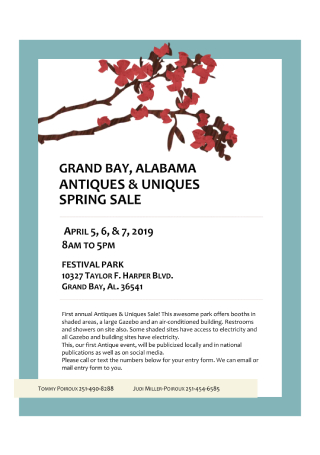
Antiques and Uniques Sale Flyer
Attract collectors and enthusiasts to your sale with the use of a flyer.
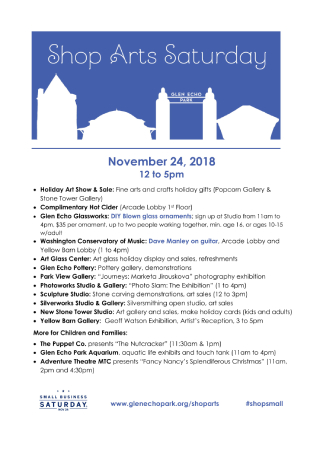
Art Show and Sale Flyer
Ensure a good turnout at your event by using a sales flyer to promote it.
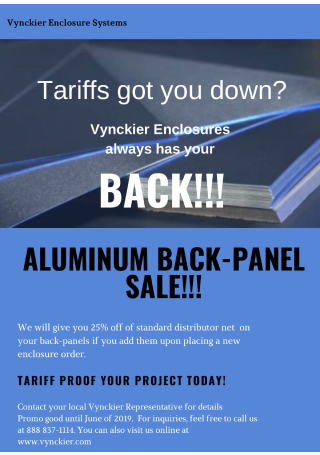
Birthday Sale Flyer
Celebrate another year in business through a sales flyer.

Book and Bake Sale Flyer
Host a book and bake sale at your local library and use a flyer to advertise it.

Book Sale Flyer
Tell potential visitors and volunteers about an upcoming book sale through a flyer.
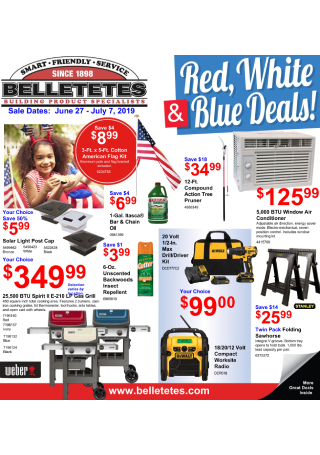
Building Product Sales Flyer
Sell your newest product offerings with the use of a sales flyer.

Car Show Flyer
Drive people to your car show by using a sales flyer to raise awareness.
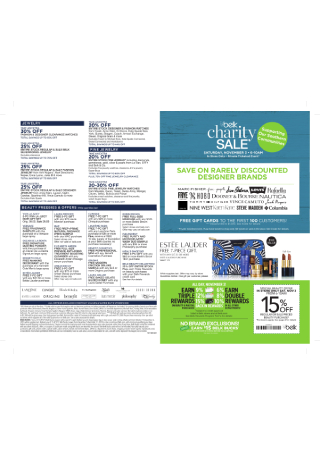
Charity Sale Flyer
Obtain monetary support for your program by announcing your charity sale with a flyer.
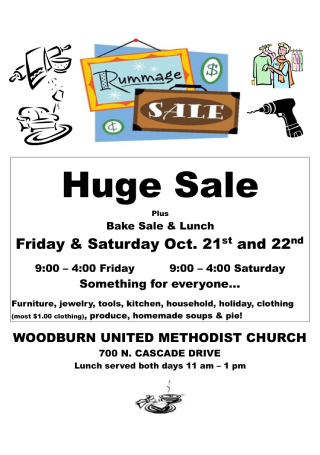
Community Rummage Sale Flyer
Inform members of your community about your rummage sale through a flyer.

Craft Bazaar and Bake Sale Flyer
Sell handmade crafts and baked goodies with the help of a sales flyer.

Cruise Sale Flyer
Allow guests to avail themselves of the latest discounts by using a flyer to make the announcement.
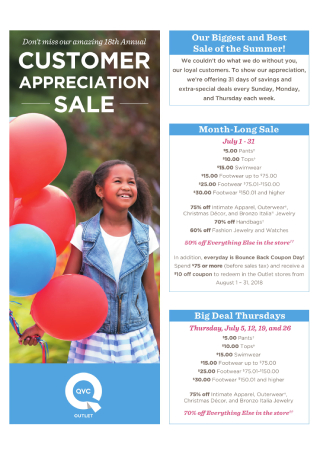
Customer Appreciation Sale Flyer
Use a flyer to share information about your customer appreciation sale.

Fall Office Furniture Sale Flyer
Promote your fresh releases for the season with a sales flyer.
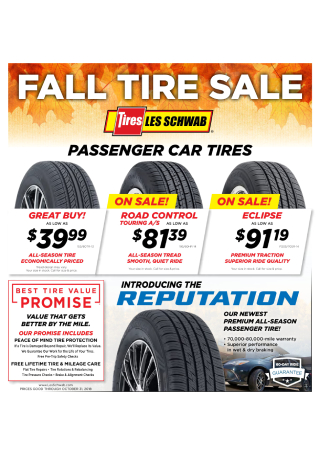
Fall Tire Sale Flyer
Present your best tire value to buyers with the use of a sales flyer.

Food Sales Flyer
Talk about your business and service offerings to customers in a sales flyer.
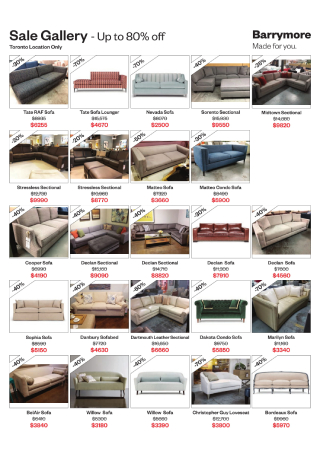
Furniture Sale Flyer
Showcase your best furniture deals with the help of a sales flyer.
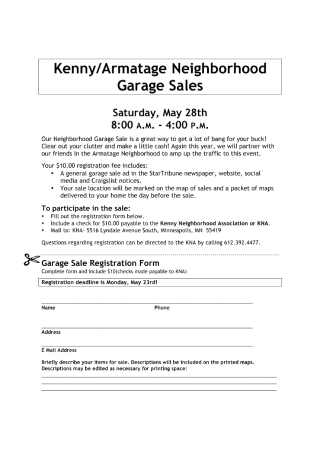
Garage Sale Flyer
Promote a garage sale in your neighborhood through an advertising flyer.
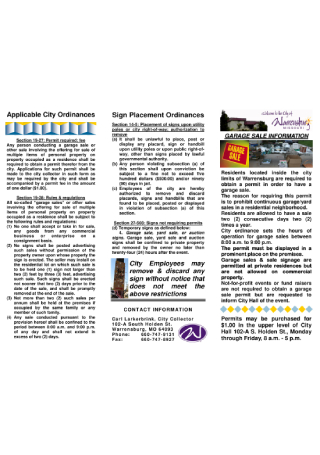
Garage Sale Information Flyer
Offer key information about your upcoming garage sale in a detailed flyer.
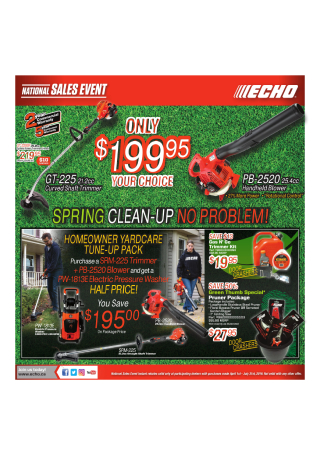
Garden Equipment Sales Flyer
Help your business sell garden equipment with the use of a sales flyer.

Gift Show and Sale Flyer
Spread the word about your gift show and sale through an eye-catching flyer.

Gym Membership Sale Flyer
Boost memberships at your gym by announcing special discounts in a sales flyer.

Holiday Cookie Sale Flyer
Sell cookies for the holiday season with the help of a sales flyer.

Hot Deals Sales Flyer
Use a sales flyer to promote the hottest business deals you have to offer.

Indoor Yard and Bake Sale Flyer
Draw a crowd at your indoor yard and bake sale using a flyer.

Local Wholesale Flyer
Showcase your local market’s wholesale goods in a sales flyer.
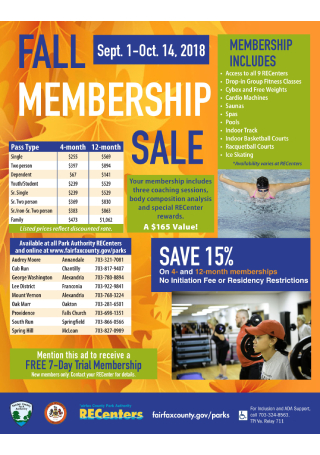
Membership Pass Sale Flyer
Advertise your fitness center’s membership sale in a striking flyer.
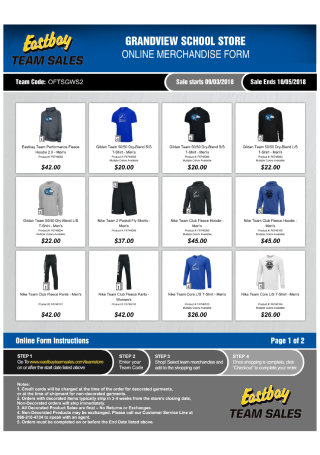
Merchandise Sales Flyer
Show off your best-selling merchandise in a sales flyer.

Native Plant Sale Flyer
Inform people about your native plant sale in a business flyer.

Open House and Bake Sale Flyer
Announce the details of your annual open house and bake sale through a flyer.

Plant and Garden Art Sale Flyer
Use a flyer to ensure a good turnout at your plant and garden art sale.
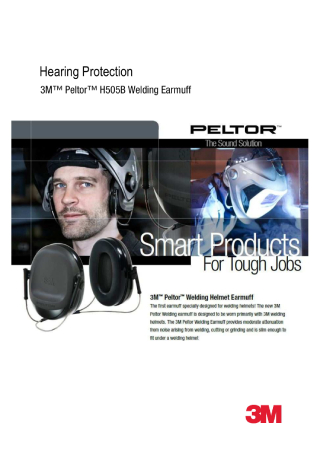
Product Sales Flyer
Create a buzz around your latest product release using a sales flyer.

School Wear Sales Flyer
Notify customers about your business through a sales flyer.
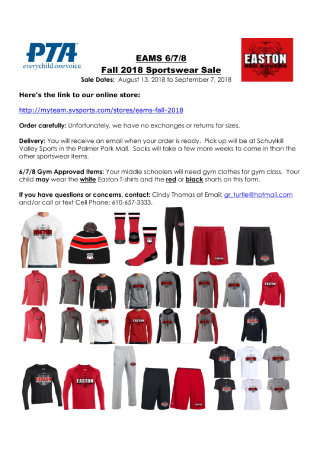
Sportswear Sale Flyer
Provide useful information about your product offers in a sales flyer.
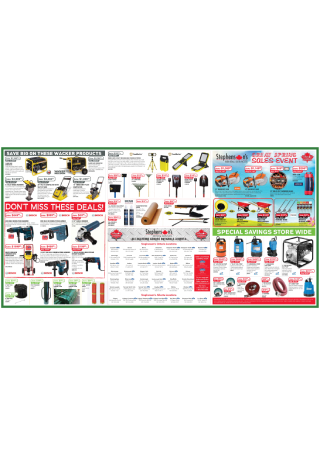
Spring Product Sale Flyer
Make shopping easier for customers by designing a sales flyer for your products.

St. Patrick’s Day Bake Sale Flyer
Make your St. Patrick’s Day bake sale known to the public through a sales flyer.
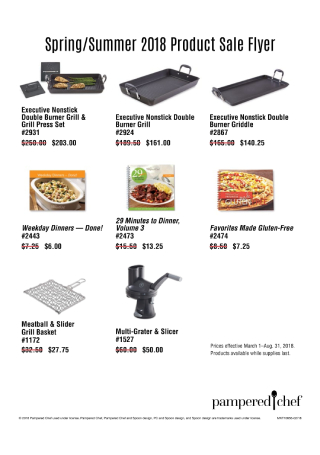
Summer Product Sale Flyer
Let customers know about your newest product offers for the season with a sales flyer.

Summer Sale Flyer
Introduce your company’s summer sale price list with a flyer.
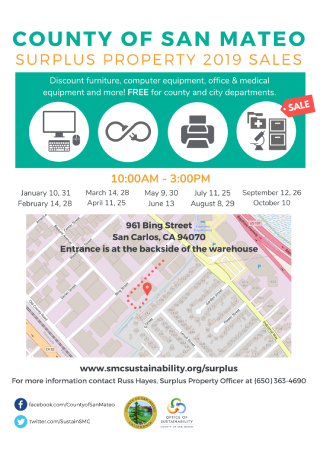
Surplus Property Sales Flyer
Announce details of your surplus property sales event in a promotional flyer.
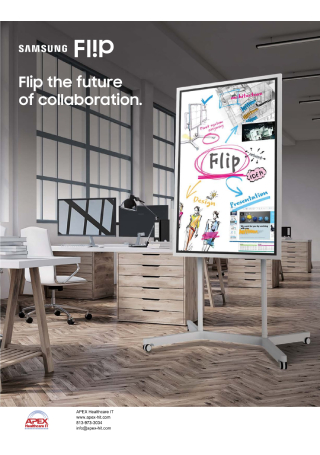
Technology Sales Flyer
Increase sales for your latest technology releases through a flyer.

Tent Sale Flyer
Put out the good news about a tent sale by distributing flyer copies around the area.
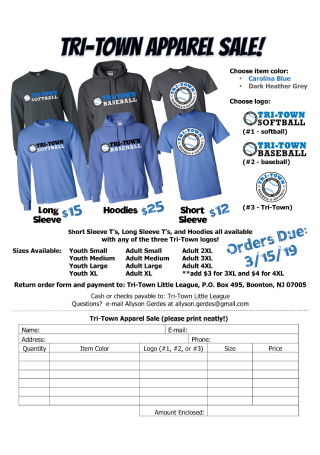
Tri-Town Apparel Sale Flyer
Boost apparel sales by using a flyer to market what you have in store.
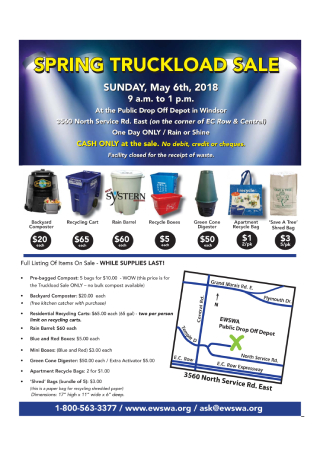
Truckload Sale Flyer
Tell people about your truckload sale with the help of a flyer.

T-Shirt Sales Flyer
Grow your t-shirt business by using a flyer to garner more sales.
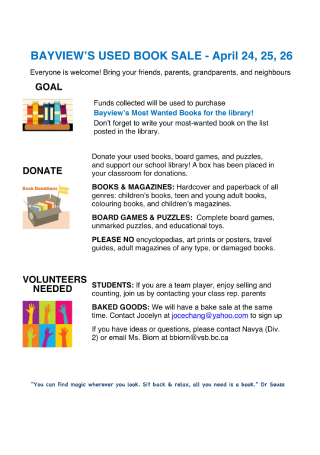
Used Book Sale Flyer for Libraries
Sell used books to the public by announcing your book sale with a flyer.

Vendor and Craft Sale Flyer
Help local vendors get better sales through the use of a flyer.
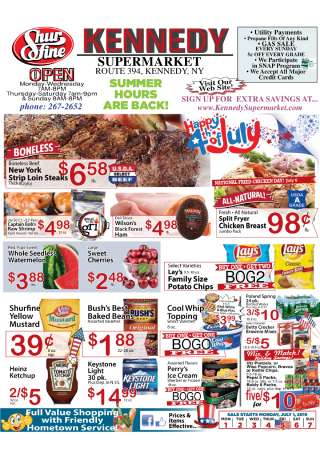
Weekly Specials Flyer
Lay out your weekly specials in an enticing sales flyer.
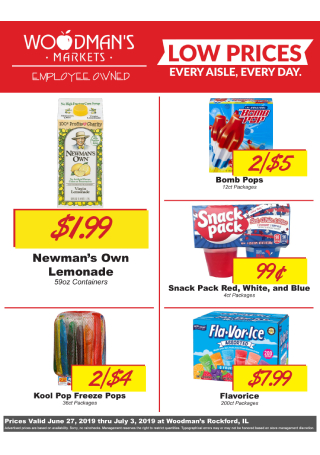
Weekly Store Flyer
Unveil your market’s weekly offers with a sales flyer.
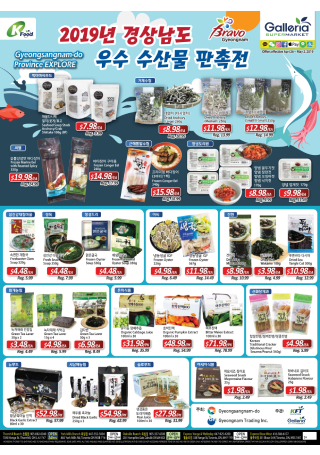
Weekly Supermarket Flyer
Refer to this sample to create a weekly sales flyer for your supermarket.
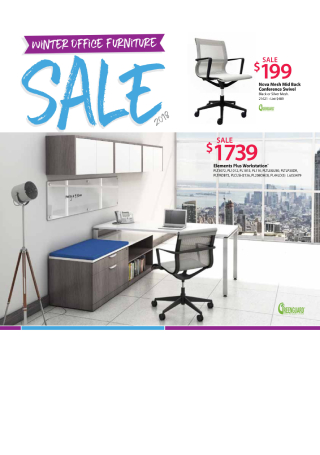
Winter Furniture Sale Flyer
Flaunt your company’s winter furniture specials in a sales flyer.

Yard Sale Flyer
Broadcast a community-wide yard sale to residents through a flyer.

Sample Sales Flyer Template
download now
What Is a Flyer?
A flyer can refer to several things. It could be a person or object that flies or a small handbill used to advertise a product or event. But when it comes to business communication, we turn our focus to the latter.
Flyers are paper advertisements that are distributed in public places with the intention of marketing a brand and its offerings. Many businesses and organizations use flyers to announce the opening of a new store, the launch of a product, special discounts and sales, as well as upcoming events in the area. Flyers typically vary in form and size depending on their purpose and course of distribution. You can hand them out in person, deliver them through direct mail, or hang them up in public areas. It’s best to choose a method that best suits your target demographic. As a well-received marketing device, it aims to provide a small amount of information to consumers at a low manufacturing cost.
The Benefits of Using a Flyer
Flyers are undoubtedly one of the most effective promotional tools in the market. Over the years, businesses have relied on flyers to endorse their products and services for the public to be aware of. Even with the widespread use of digital marketing, flyers continue to do wonders for a business and its sales volumes.
Let’s discuss the benefits of a sales flyer below.
Tips to Design an Effective Sales Flyer
Crafting a flyer is not rocket science. There a ton of ways to craft a flyer that will generate desired results for your marketing efforts, but what matters most is your ability to make a flyer that attracts attention and converts sales. To do so, here are a few points to consider when designing a sales flyer.
FAQs about Sales Flyers
What is the difference between flyers and brochures?
Flyers and brochures are popular mediums in the world of sales and marketing, with a few attributes that help us distinguish one from the other. A flyer is best suited for small-scale marketing. It’s a cost-efficient way to get the word out about your products and services to a large number of people of a particular region. This is often used for handing out facts during a trade show or making announcements about product launches and store openings. A brochure, on the other hand, is more expensive to produce due to its size and print quality. Each panel of the brochure is designed to store chunks of information about your business and what it is selling. To determine which promotional tool to use for your business, be sure to consider both your objectives and marketing budget.
How to successfully distribute business flyers?
Now that you have a great flyer designed, what’s there to do next? There are a couple of things to consider before distributing your flyers. For one, timing can be crucial. Flyers are not the most durable marketing instrument, which means they won’t last very long amidst heavy rain and strong winds. Harsh weather conditions will only litter the streets with piles of discarded flyers. Public holidays should also be taken into account, especially when the streets are either quiet and empty or buzzing with competitors. It’s always good to create a game plan that focuses on the interests of your audience and will keep your sales team on the same page.


